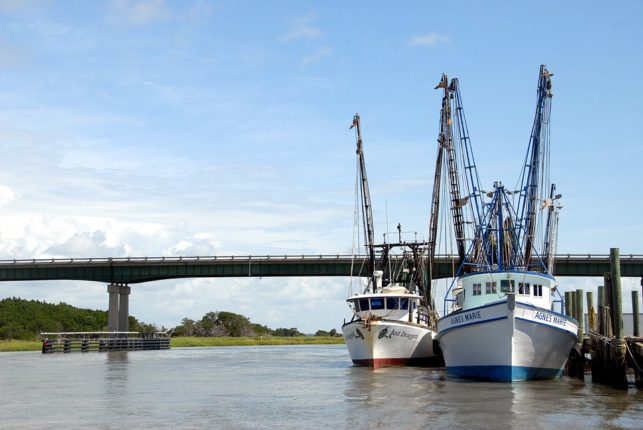
The Global Impact of Factory Farming & Overfishing
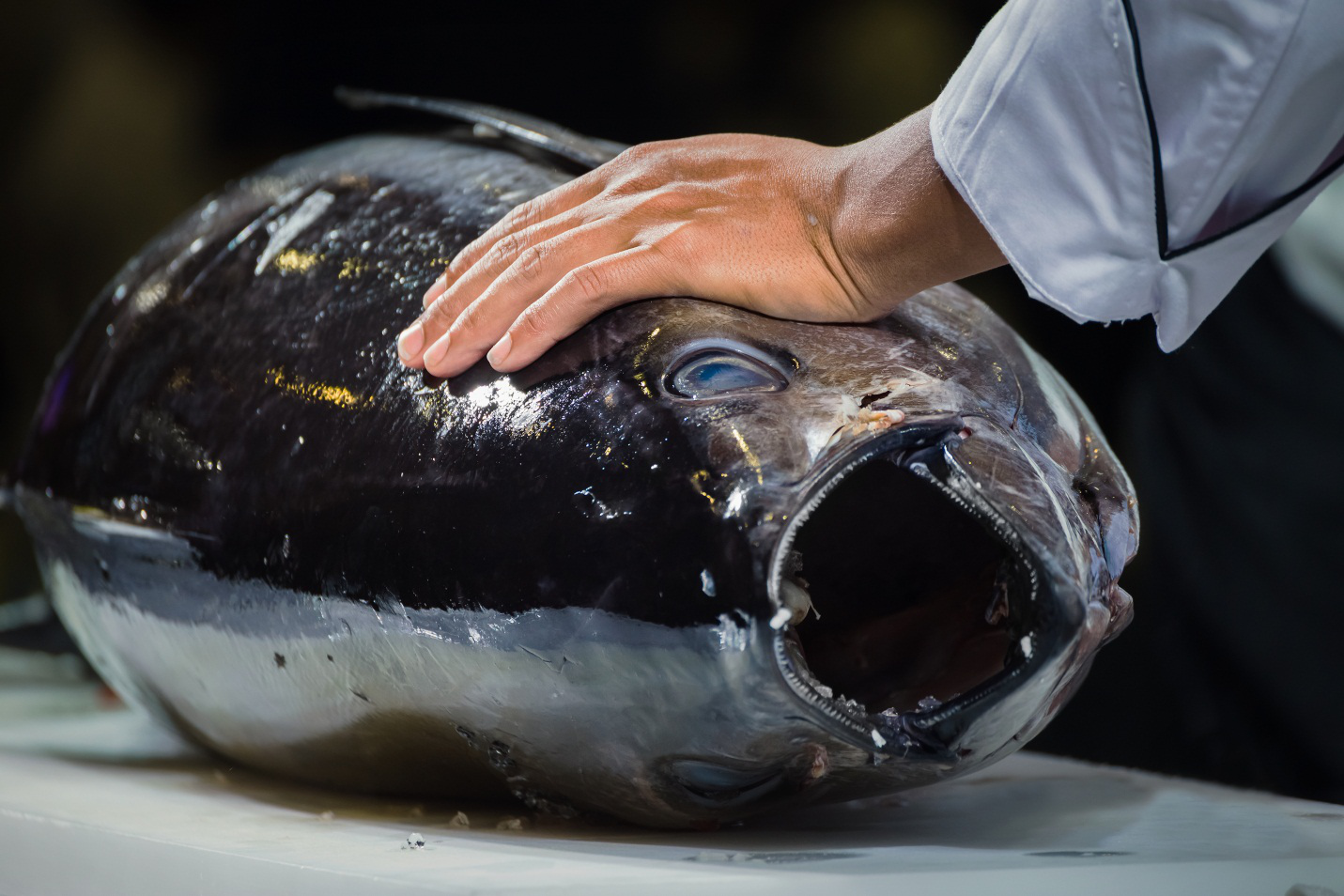
The relationship between humans and the vast oceans and lakes is one of mystery and speculation. As the population continues growing and technology advances, overfishing has become an eye opening problem. Many see aquaculture as a suitable fix to assist in stopping the depletion of underwater ecosystems, but these practices still present challenging issues.
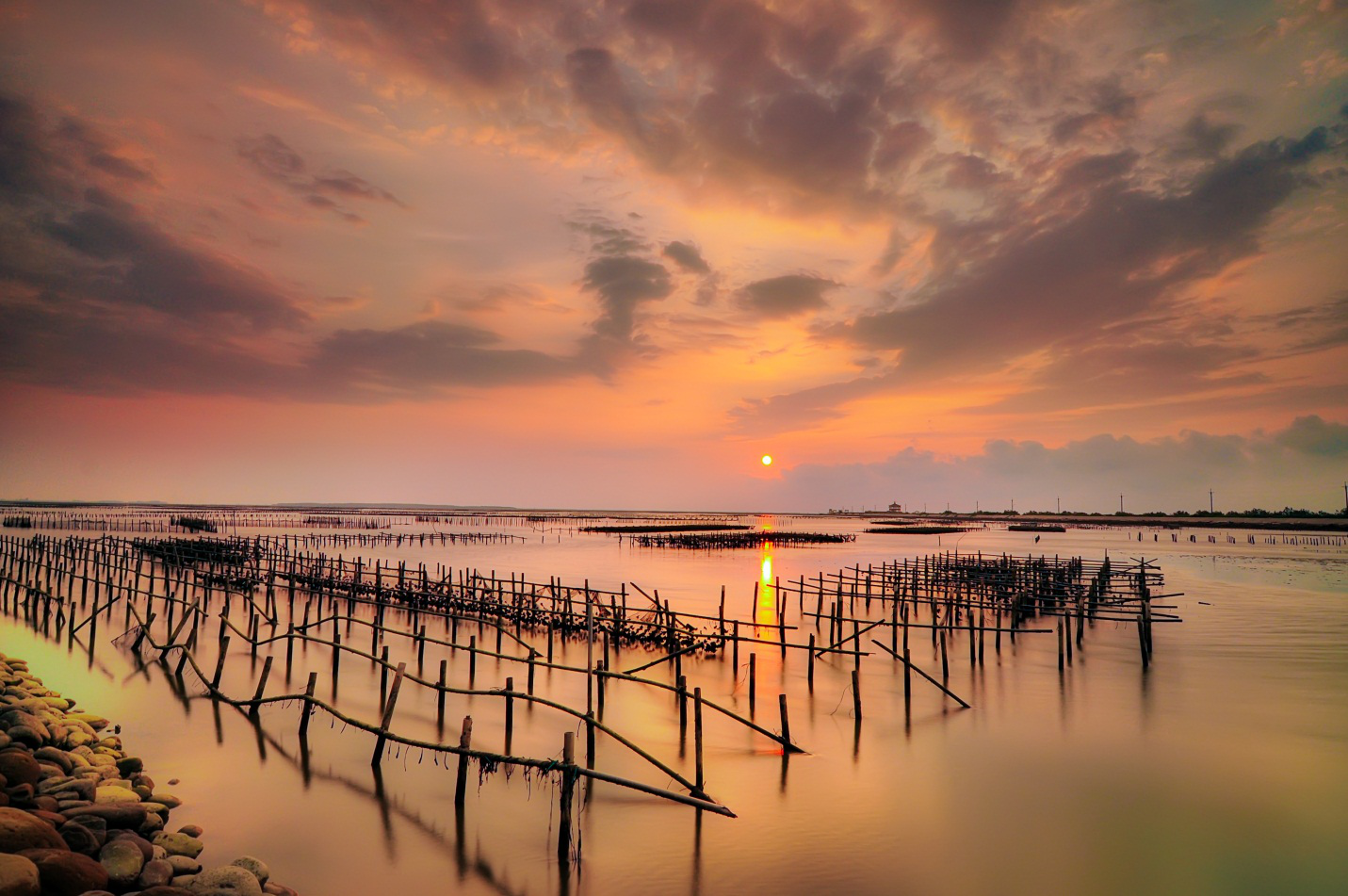
Aquaculture is the practice of cultivating aquatic organisms such as fish, crustaceans, and mollusks, rather than fishing where the animals are taken from their natural habitat. Fishing can be dated back to at the very least to 40,000 years ago, and although aquaculture may be a bit younger it was still practiced during ancient times in China, Polynesian, and many other cultures.
During the early stages as these techniques were first developed they were approached with humility and respect for nature, with a humble attitude toward the animals and their natural habitat. Today these practices leave the respect for nature behind, and replace it with heedless greed at the expense of entire ecosystems and species.
Overfishing Has Depleted 70% of the World’s Fish
As the earth’s population continues to grow at rates never seen before, the demand for fish has risen dramatically. Globalization and technologically advanced fishing methods have pushed humanity past a time when marine life were reserved for civilizations nearest to oceans and other open bodies of water. This increased demand has led to the destruction of marine diversity, which is necessary for the survival of all living creatures.
Large scale fishing techniques can be traced back to the 1870s when steam powered boats trawled European waters near their home ports. As nearby areas became depleted the vessels traveled further out to sea to keep up with demand that accompanied railroad systems connecting distant ports. As with most major industries the fishing industry made great advances soon after World War II, enabling vessels to stay out at sea for months at a time.
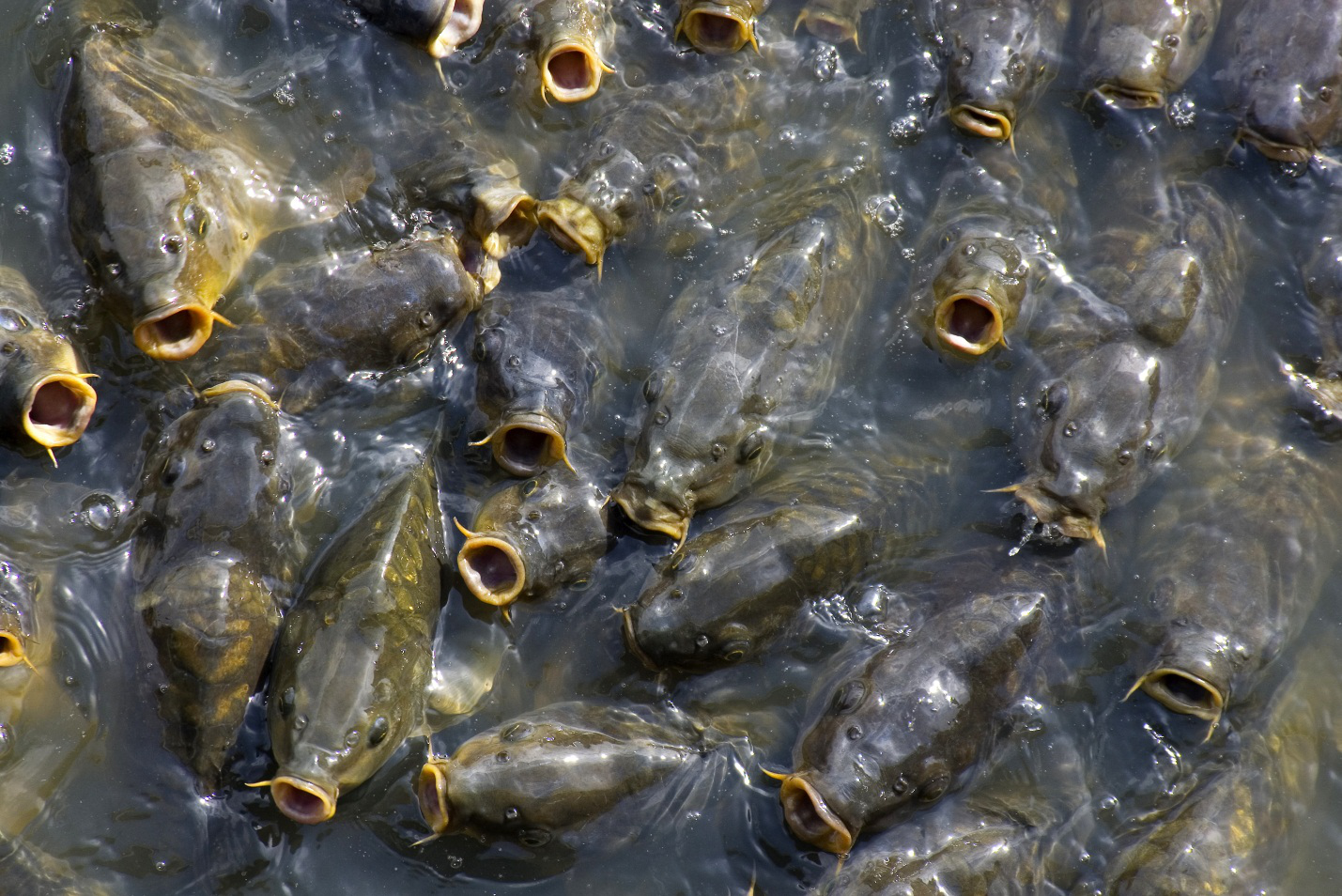
The contemporary fishing industry clears the oceans at rates comparable to deforestation, huge ships with advanced technology stay out on the oceans for up to six months at a time, slaughtering and storing billions of fish in massive freezers. Aside from the desired fish caught many other species are captured in long lined nets and trawls that sweep the bottom of the ocean floor. Full habitats of plants and rocks are destroyed unnecessarily. Unwanted species are compressed tightly into netting among the desired ones, their best case scenario being to be tossed back into the ocean with minimal harm.
Today we see the effects of the increasing demand for fish around the globe. In recent years the Food and Agricultural Organization (FAO) has estimated that the populations of North Atlantic species such as cod, haddock, and flounder have fallen by as much as 95%. The FAO also estimates that 70% of the world’s species are exploited or depleted. Contributing factors to these extreme numbers include:
- Worldwide demand of fish for food.
- Increase in unregulated fishing (fisherman attempting to avoid restrictions)
- Technological advances (netting, traps, and GPS)
- Altered ecosystems (Changes in food webs, Predator/Prey interaction)
This problem often takes a back seat to deforestation or climate change, but simply because we don’t see the destruction all around us is no excuse to place any of these problems above or below the other. The earth and its ecosystems thrive in a symbiotic relationship that many humans see themselves as separate from. This self-centered world view is at the root of the ever growing problems that are destroying the earth, and disempowering all of its creatures.
Aquaculture – How Humane Is It?
Aquaculture, or aqua farming, is often seen as a more sustainable alternative to the overfishing problem our world is facing. Intentionally cultivating a variety of species under controlled supervision can ensure a steady supply of specific food depending on demand. As an ancient practice, Hawaiians and Australians, among other cultures, used aquaculture ponds to easily trap and sustain schools of fish to feed their communities.
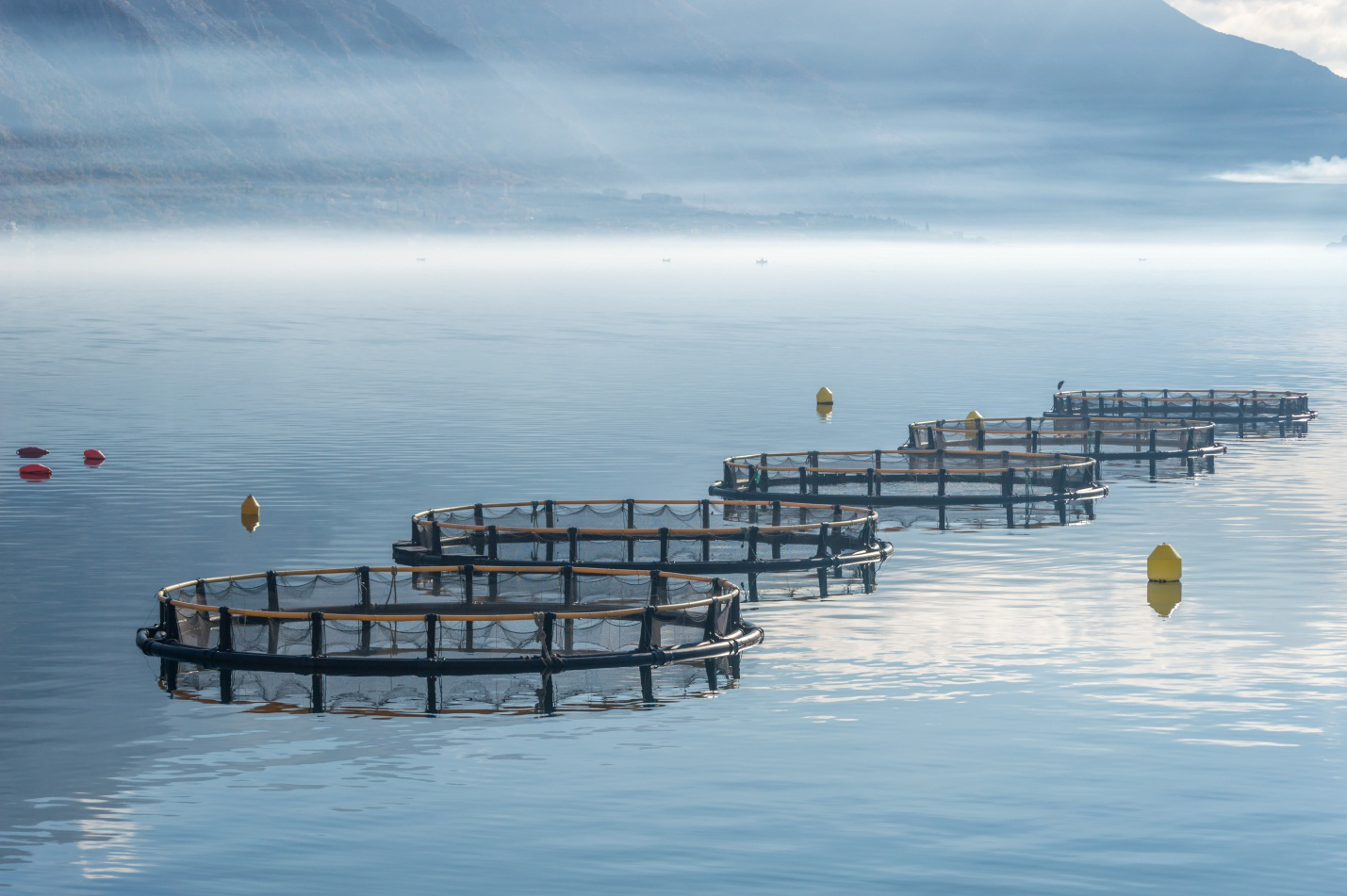
Today aquaculture faces many inhumane issues, very similar to the factory farms that abuse mammals all across the western world.
There are two main types of aquaculture:
- Extensive (making use of photosynthetic food production)
- Intensive (fish fed on an external food supply)
Extensive Aquaculture – A More Traditional Approach
Extensive aquaculture is viewed as a relatively more natural technique, typically contained within a natural body of water or manmade body of water. The fish feed on food supplies that would be commonly found in their natural habitats; therefore the growth of the fish is limited by the food production. Tilapia is a common species raised this way since it feeds directly on phytoplankton.
The photosynthetic production of food sources is often increased using artificial fertilizers. Mass use of such fertilizers and stabilizing chemicals can affect the surrounding ecosystem.
Intensive Aquaculture – A Man-Made Environment That Pushes Fish Beyond Limits
Intensive Aquaculture practices contain the fish in completely man-made tanks where their food source is meticulously controlled. These artificial tanks rely on complicated water purification systems, whereas with the extensive method the water is naturally purified. The intensive method’s yields are much higher than the extensive due to the contents of fish food that can be manipulated as needed.
Perhaps the most ‘intensive’ variation on this practice is the use of indoor aquaculture. The completely manmade tanks rely on a circulated filtration system that requires constant monitoring and expertise. The fish in these buildings are exposed to light or darkness for endless amounts of time to induce feeding and breeding extremely beyond natural cycles.
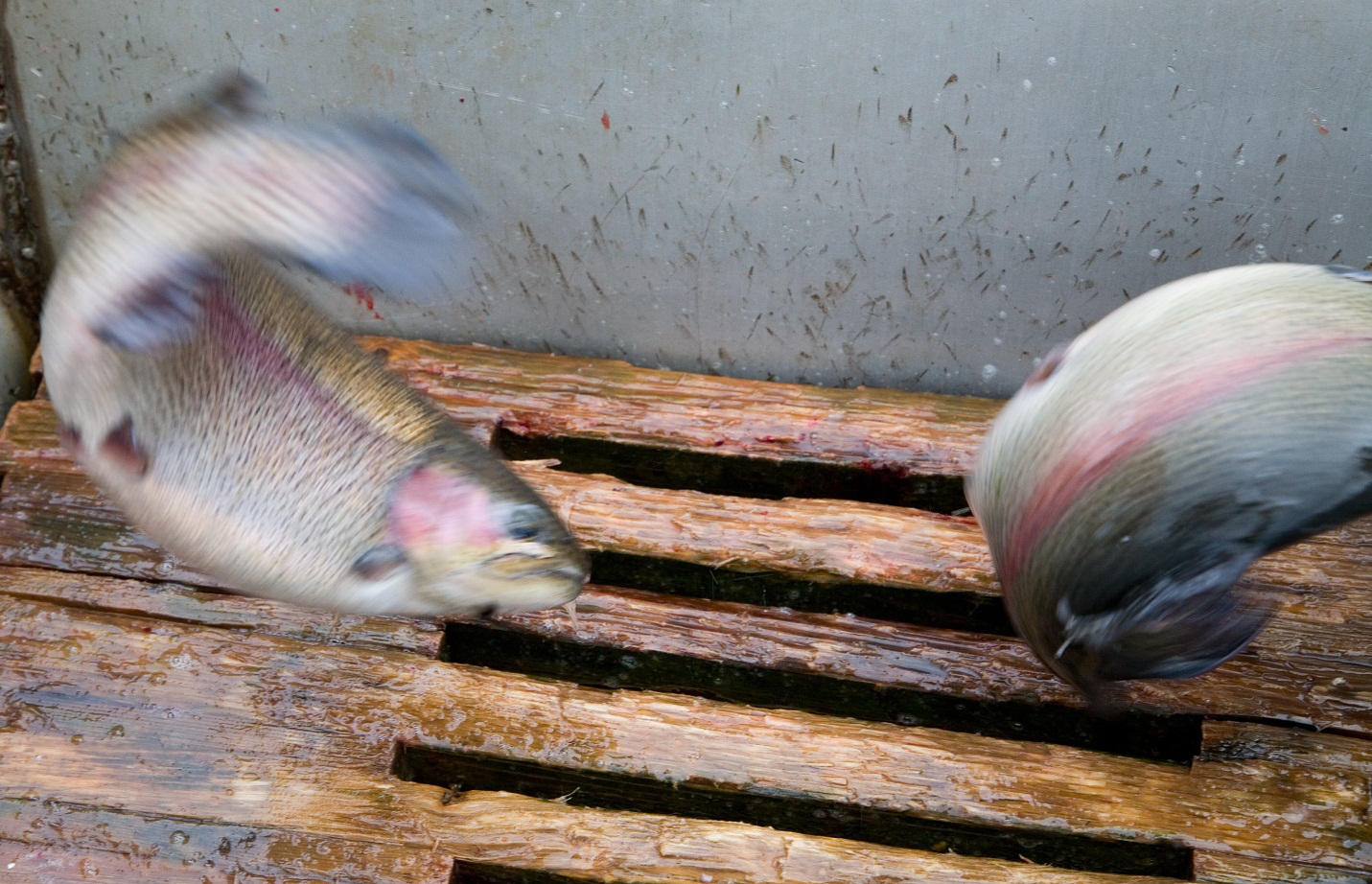
Not unlike factory farmed cows, pigs, and chickens, fish are subjected to terrible living conditions during the aquaculture and fish farming techniques. Although some aquaculture techniques keep the animals in their natural bodies of water they are still trapped in nets or cages and are being forced to live in crowded living conditions, fed unnatural supplements, and slaughtered in abusive ways. The various types of containment within the scope of aquaculture include:
- Cages (natural open water, ponds, lakes, etc)
- Ponds (manmade irrigated ponds or ditches)
- Aquaponic (artificial, outdoor, irrigated systems)
- Tanks (artificial, indoor systems)
- Fry Farming (manmade, outdoor concrete, mainly for sport)
All of these systems come along with notorious downfalls. Overcrowding ensures injury or death, and lack of space for natural behaviors. The concentrated build up of waste not only contaminates their water but also contaminates oceans and rivers with the open water methods. The contamination results in disease and sea lice that eat away at the fish. The food that the animals are given is full of chemicals and antibiotics to combat the various diseases. These disgusting prisons create a wicked cycle that the fish are forced to thrive in until their inevitable slaughter.
Slaughter Techniques are Completely Unregulated
Although there are laws in place to protect marine life, the United States has no laws in place to regulate the humane treatment of fish when they are slaughtered. The common misconception that fish do not feel pain has been proven wrong is various studies and yet is still an excuse for unsympathetic behavior toward these creatures.
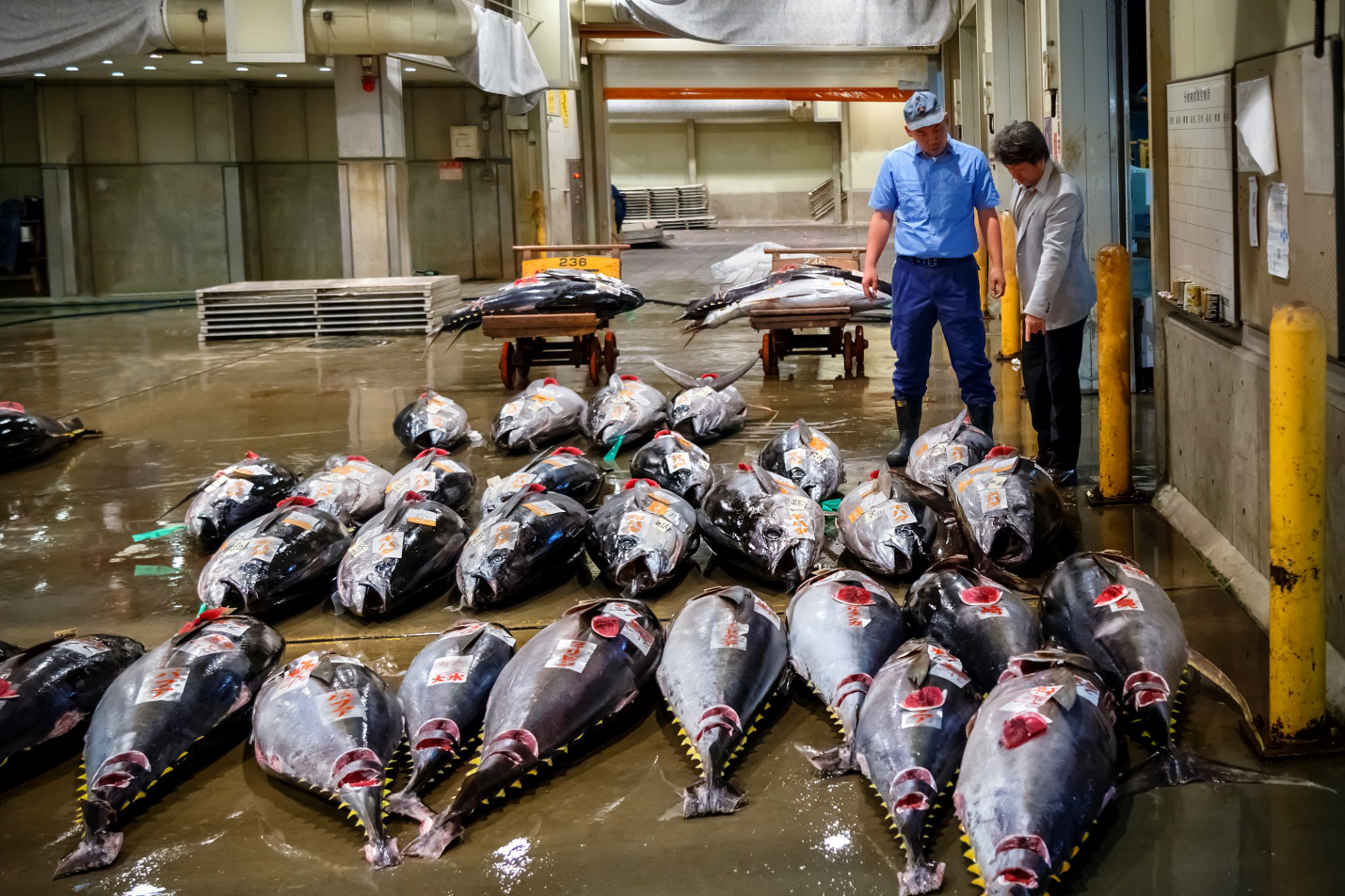
Many fish die due to starvation or suffocation before their imposed death but this is still a painful and frightening fate. The ones that do make it to the very end of the horrific journey are subject to forced suffocation on ice, death by carbon dioxide, or by being gutted while still fully conscious.
The oceans are a more complicated and diverse ecosystems than any human has ever experienced. We know very little about and have explored very little of this vast expanse that covers the majority of our earth. By choosing to eat a vegan diet and not supporting the factory farm industry is as powerful as the tides themselves, an empowering lifestyle to the individual and the entire planet.


